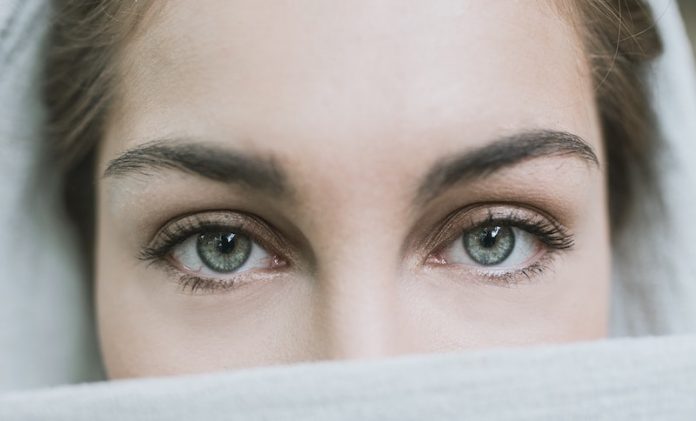
Scientists from the Southern California Permanente Medical Group found that the risk for retinal vein occlusion (RVO) may be increased in the six months following COVID-19 infection.
The research is published in JAMA Ophthalmology and was conducted by Bobeck S. Modjtahedi et al.
A retinal vein occlusion (RVO) is when one of the veins in the retina becomes blocked.
People may experience varying degrees of vision loss with RVO, depending on the severity and location of the blockage. Vision loss can be severe, especially if it affects the central part of the retina (macula).
In the study, the team examined 432,515 patients without a history of retinal vascular occlusion who were diagnosed with COVID-19 between Jan. 20, 2020, and May 31, 2021.
The change in the average biweekly incidence of new retinal artery occlusions (RAOs) and RVOs after COVID-19 was examined.
The team found that 16 patients had an RAO and 65 had an RVO.
There was a higher incidence of new RVOs in the six months after COVID-19 infection compared with the six months before infection.
A smaller increase in the incidence of RAOs was seen after COVID-19 diagnosis. At 10 to 12 weeks and six to eight weeks after COVID-19 diagnosis, the peak incidence of RAOs and RVOs occurred, respectively.
The findings provide further evidence of the blood clots induced by COVID-19 and indicate that the impacts may last several weeks.
The team says larger studies are warranted to better define the association between retinal blood vessel problems and COVID-19 infection.
If you care about eye health, please read studies about diet linked to blinding eye diseases in older people, and vitamin B3 that could help treat common blinding eye disease.
For more information about health, please see recent studies and results showing that pure cocoa may improve your eye sight in daylight.
Copyright © 2022 Knowridge Science Report. All rights reserved.



